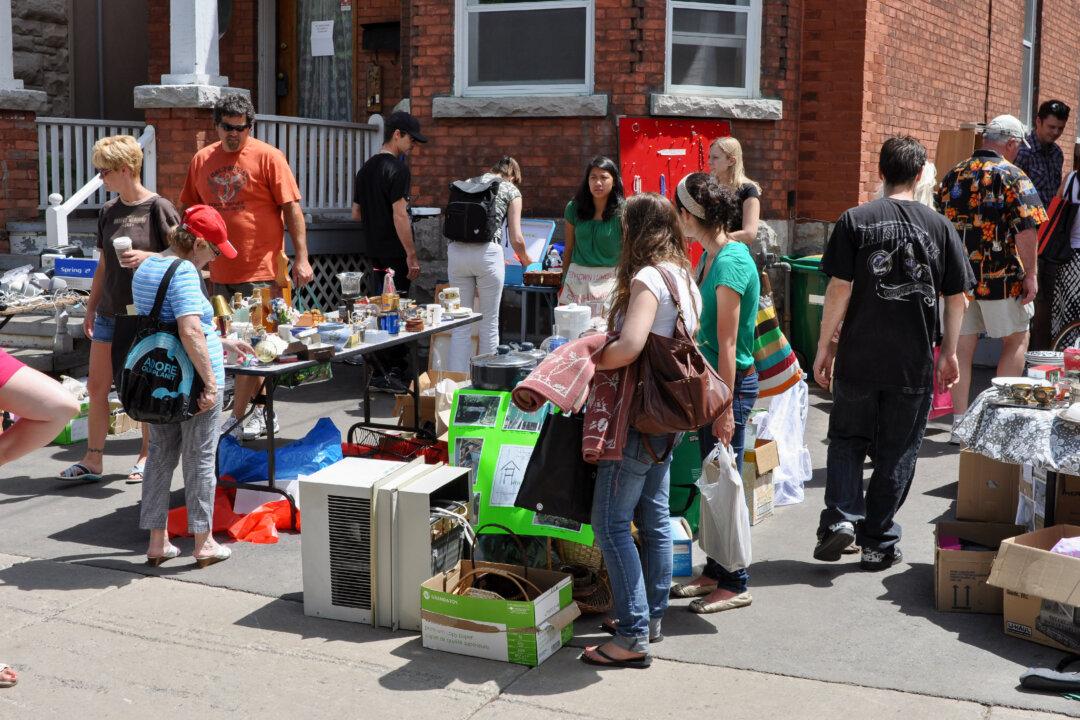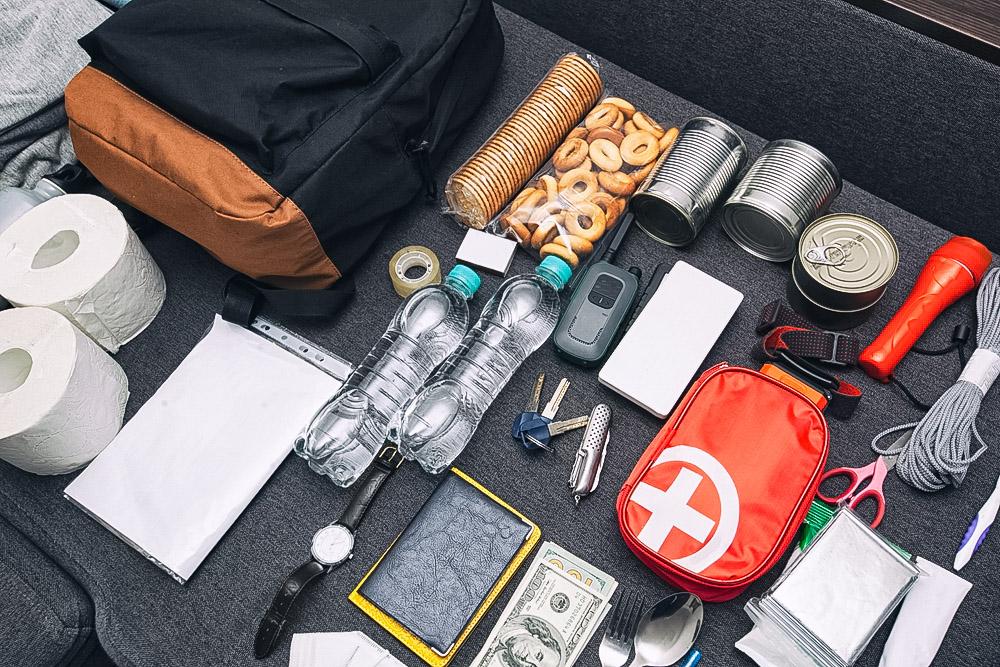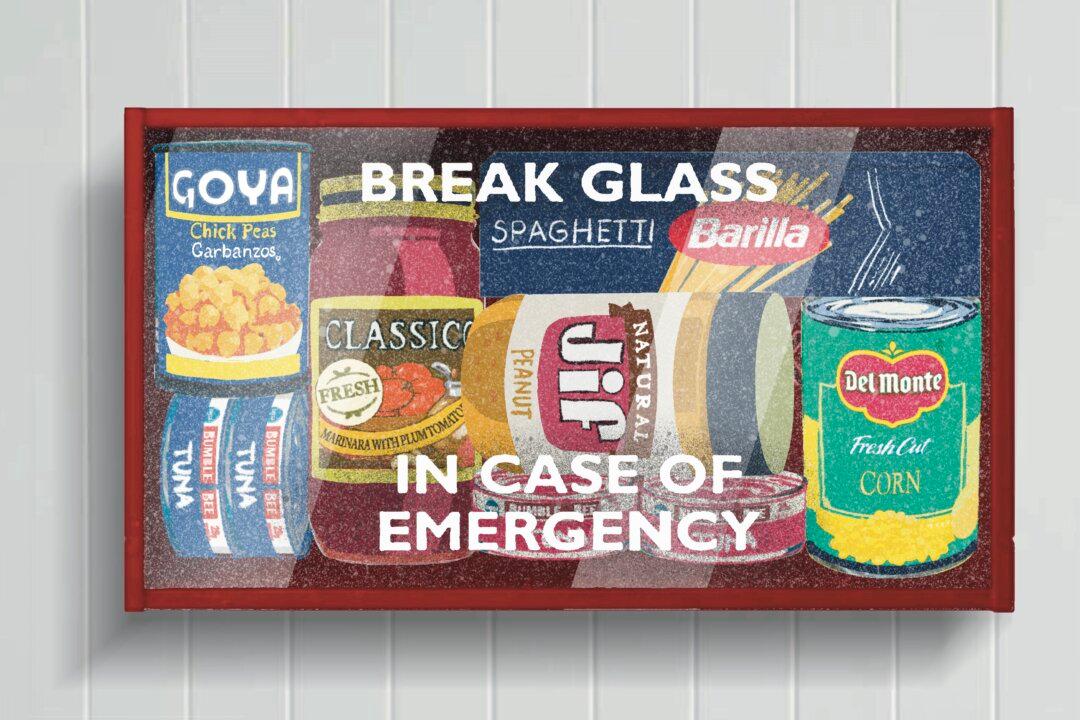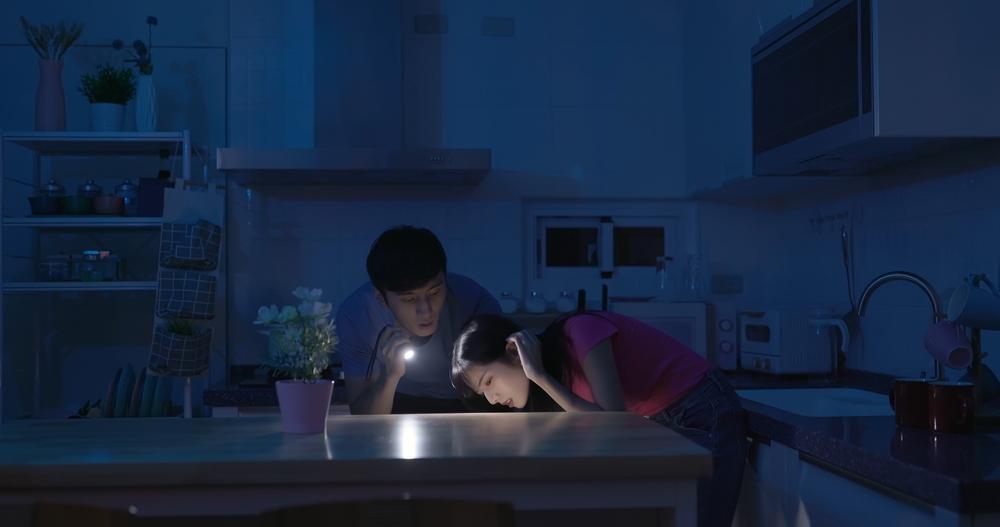On Dec. 25, 2020, an RV laden with explosives detonated in downtown Nashville, Tennessee. The explosion damaged dozens of buildings, injured eight people, and disrupted communication lines in several states within seconds. On social media, thousands of people attempted to get in touch with loved ones:
“I am in the Nashville area and could not reach my adult daughters all weekend because they have AT&T.”





